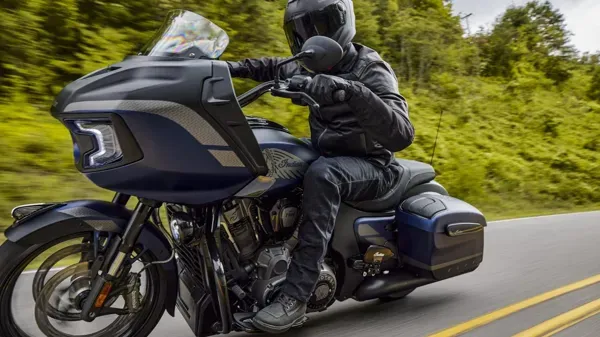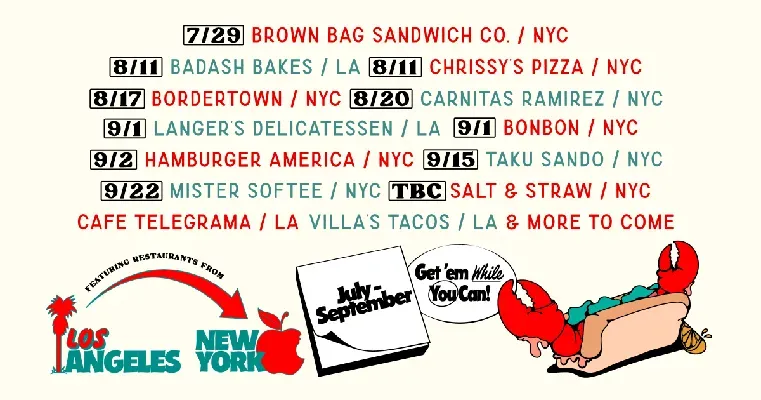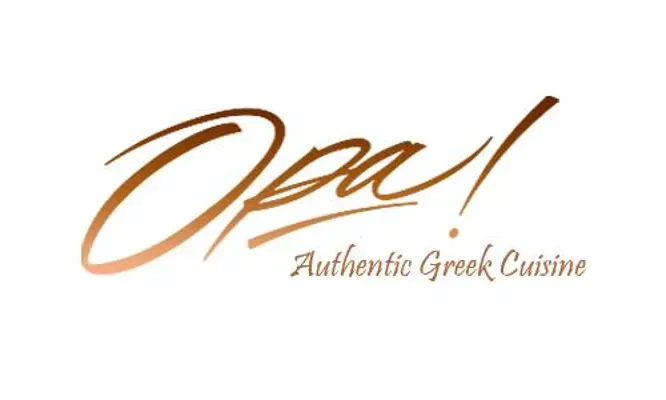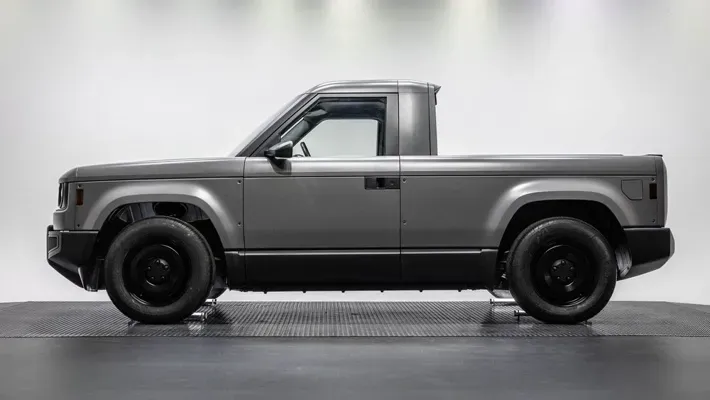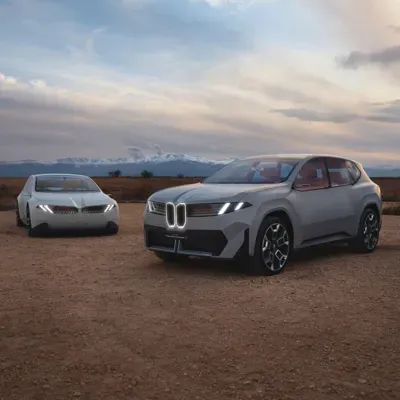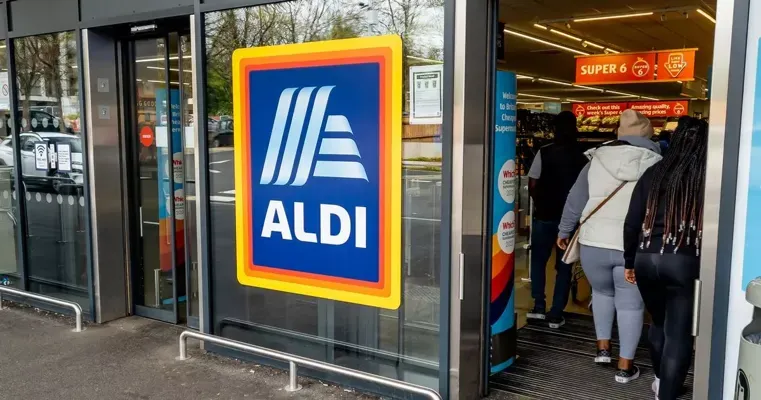The Harley-Davidson Indian rivalry is a cornerstone of motorcycle racing history in America, representing a fierce competition that has spanned generations. By the 1930s, these two iconic American motorcycle manufacturers were the last giants standing, each vying for supremacy in a dwindling market following the Great Depression. Harley-Davidson history and Indian Motorcycle history are interwoven with exhilarating races that captivated enthusiasts, as fans passionately chose their sides akin to sports enthusiasts. From the introduction of the AMA’s racing classes to the thrilling contests between Harley’s R-series and Indian’s Sport Scout, the stakes were high for both brands. This rivalry not only highlighted engineering prowess but also fueled the evolution of the American motorcycle industry, particularly during a time when WWII motorcycles played a crucial role in the war effort.
At the heart of the fierce contest between Harley-Davidson and Indian lies a rich narrative of competition that has defined the American motorcycle landscape. This legendary clash pits two historic manufacturers against each other, each with their distinct engineering legacies and loyal followings. The tumultuous environment created by the Great Depression and the urgent demands of wartime production only intensified their rivalry, challenging both companies to innovate and adapt. Their contrasting approaches to motorcycle design, particularly during pivotal eras like WWII, reveal how their battle for dominance shaped not just their brands but the entire motorcycle culture in the United States. As we delve into this storied rivalry, the lessons learned on the racetrack and in military contracts illustrate the resilience and ingenuity that have come to symbolize American motorcycling.
The Birth of the Harley-Davidson and Indian Rivalry
In the early 1930s, Harley-Davidson and Indian emerged as the only two significant players in the American motorcycle industry after the collapse of Excelsior-Henderson. The fierce competition between these two manufacturers was not merely about sales; it became a battle for the hearts and minds of motorcycle enthusiasts. Each company was determined to win riders’ loyalty, using the racetracks as their arena. With the formation of the AMA’s Class C in 1934, the stage was set for monumental showdowns between Harley’s R-series and Indian’s Sport Scout. These events were not just races; they were emotional battles for supremacy that engaged fans deeply, reminiscent of the way sports like baseball or boxing capture the public’s spirit and allegiance.
As the decade progressed, the rivalry intensified, particularly as both companies refined their offerings to attract a shrinking customer base amidst the Great Depression. Harley-Davidson introduced advancements like the Knucklehead, a groundbreaking overhead-valve engine that left competitors scrambling. Conversely, Indian’s efforts to innovate with the redesigned Four model did not keep pace, ultimately affecting its market positioning. By the end of the 1930s, the contest was not just about motorcycles, but about who could lead the American motorcycle industry into a new era.
Impact of WWII on Harley-Davidson and Indian Motorcycle Production
The onset of World War II transformed the rivalry between Harley-Davidson and Indian from a commercial competition into an essential partnership with the U.S. government. Faced with the pressing need for motorcycles that could withstand the rigors of war, both manufacturers adapted quickly to military demands. Harley’s WLA model and Indian’s 741 exemplified the ruggedness required by the military, proving both companies’ ability to pivot under pressure. Their contributions during the war solidified their roles in not only the motorcycle industry but also the broader American war effort.
With factories operating around the clock, the production numbers were staggering. Harley produced over 80,000 WLAs while Indian managed more than 40,000 units of its 741 model. However, the intense production during wartime came at a cost — both corporations lost key leadership figures, disrupting their continuity. This pivot from consumer products to military contracts illustrated how external circumstances could reshape competitive landscapes, posing challenges that went beyond traditional rivalry.
Leadership Losses and Their Effects on Innovation
The loss of pivotal figures in both Harley-Davidson and Indian during the war exacerbated the challenges faced post-conflict. Walter Davidson’s death in 1942, followed by the passing of William Harley and George Hendee, left a leadership void in two of America’s most iconic brands. Their innovative spirit and vision had driven the companies from humble beginnings to global recognition. The struggle to navigate through wartime uncertainty without these foundational leaders marked a significant turning point for both motorcycle manufacturers, introducing instability right when they needed to drive innovation.
As the war ended and the motorcycle market began its recovery, the successors of these industry giants faced the daunting task of resurrecting their brands amidst changing consumer preferences. With the automotive market surging back to life, the need for motorcycles dwindled, pressuring both Harley and Indian to adapt quickly. Harley managed to retain its market relevance with new models that embraced evolving technology, while Indian struggled to maintain its foothold — illustrating how crucial effective leadership and adaptability are within the competitive landscape.
Post-War Market Dynamics and Consumer Preferences
Following WWII, the American motorcycle market faced a unique set of challenges. The surplus of military motorcycles significantly altered the landscape, with dealers struggling to capitalize on vast inventories. Both Harley and Indian found themselves with overflowing warehouses. As Harley’s dealers seized the opportunity to re-sell WLAs to eager civilians, Indian faced obstacles as its surplus motorcycles were often shipped overseas. This shift indicated not only the changing dynamics of supply and demand but also the challenges both brands faced in solidifying their presence in a revitalizing domestic market.
Compounding these challenges, the automobile industry boomed immediately post-war, capturing consumer interest and spending. Families had newfound access to automobiles that made motorcycles seem less appealing for daily use. Harley’s strategic introduction of the Panhead and Hydra Glide models helped it evolve, appealing to post-war consumers’ desires for style and performance. In contrast, Indian’s misfortunes with reliability issues and leadership changes led to its decline, highlighting the importance of not just riding the initial wave of a post-war boom but innovating through it.
Technological Innovations and Industry Evolution
As motorcycle manufacturers emerged from the war, the landscape of the American motorcycle industry began to evolve with technological advancements. Harley-Davidson’s introduction of innovative models like the Panhead reflected their understanding of market dynamics and consumer preferences. These innovations were strategic moves to retain their stronghold on the market, as they significantly improved performance and reliability. In this climate of change, the rivalry with Indian was not only about sales figures but also about who could introduce the most cutting-edge technology to meet the demands of a growing and changing audience.
Indian, on the contrary, struggled to keep pace with the innovations that Harley was leading with. Despite attempting to introduce new models such as the Arrow and Warrior, the reliability issues that plagued these bikes contributed to a perception problem in the market. The differences in their approaches to innovation and adaptation during this transformative time illustrated the critical role technological advancements play in shaping not only company identities but also the very fabric of the motorcycle industry itself.
The Legacy of the Harley-Davidson Indian Rivalry
The enduring rivalry between Harley-Davidson and Indian has left a lasting imprint on the motorcycle world, transcending mere competition. The initial clash of these two iconic brands shaped not only their futures but the entire landscape of the American motorcycle industry. As they battled it out on racetracks, dealerships, and eventually military fronts, their rivalry became synonymous with American motorcycle culture, embodying the spirit of freedom and individuality that resonates with riders everywhere.
In the decades since their peak competition, both brands have experienced ups and downs. Harley-Davidson has remained a symbol of American heritage, while Indian faced various ownership changes that impacted its legacy. Nevertheless, the fundamental story of their rivalry offers a rich history that continues to intrigue fans and scholars alike, reminding us of how competitive spirit and innovation can drive entire industries forward. The saga serves not only as a testament to their business strategies but also highlights the rich tapestry of stories found within motorcycle racing history.
Consumer Loyalty: The Heart of the Harley vs. Indian Debate
Consumer loyalty plays a pivotal role in the deep-seated rivalry between Harley-Davidson and Indian. Many riders develop a profound emotional connection to their motorcycle brand, sharing stories and experiences that cement their loyalty. This fierce brand loyalty often transcends the machines themselves, forming communities and cultures around each brand. Much like sports fans, motorcycle enthusiasts often proudly wear brand-specific gear, attend rallies, and even engage in friendly debates about which motorcycle reigns supreme.
Ultimately, consumer loyalty influences purchasing decisions and sustains brand life cycles. Harley-Davidson has cultivated a dedicated following, fostering a culture of exclusivity and style, while Indian has sought to rekindle similar traditions through nostalgia and modern-day innovations. The debate between the two brands extends beyond technical specifications; it reflects shifts in consumer preferences and the importance of brand storytelling in the context of the broader American motorcycle heritage.
Navigating the Future of the Harley-Davidson vs. Indian Rivalry
As both Harley-Davidson and Indian continue to navigate the complexities of the modern motorcycle market, their rivalry takes on new dimensions. Recent trends toward electric bikes and sustainable practices are challenged by the legacy of traditional combustion engines that both brands are known for. This evolution presents both opportunities and challenges, prompting each company to rethink their strategies to stay relevant in an increasingly environmentally-conscious consumer base.
The future of the Harley-Davidson and Indian rivalry will be profoundly shaped by how well they adapt to changing market demands and technological advancements. Both brands have the chance to redefine their identities in a new era of motorcycling that values innovation and sustainability. This not only influences their competitive strategies but also determines their ongoing legacy in the storied narrative of the American motorcycle industry.
Frequently Asked Questions
What are the main historical highlights of the Harley-Davidson Indian rivalry in motorcycle racing history?
The Harley-Davidson Indian rivalry is marked by intense competition primarily in the 1930s, when both brands fought for dominance in the American motorcycle industry. This rivalry peaked with the introduction of the AMA’s Class C in 1934, allowing production motorcycles like Harley’s R-series and Indian’s Sport Scout to compete. The competition expanded during WWII as both companies adapted to produce military motorcycles, leading to iconic models like Harley’s WLA and Indian’s 741.
How did the Great Depression affect the Harley-Davidson Indian rivalry?
The Great Depression put immense pressure on both Harley-Davidson and Indian, making motorcycle racing essential for sales during this economic downturn. As consumer spending dwindled, victories on the racetrack became crucial for attracting riders. The competition spurred both companies to innovate, with Harley refining its Big Twins and Indian promoting its Scouts, intensifying their rivalry in the American motorcycle industry.
What role did World War II play in shaping the competition between Harley-Davidson and Indian?
World War II dramatically transformed the Harley-Davidson Indian rivalry, shifting focus from racing to military contracts. Both companies produced robust motorcycles for the military, with Harley’s WLA and Indian’s 741 becoming vital for the Allied forces. This competition for government contracts not only changed their production lines but also marked a significant chapter in their history, showcasing their ability to innovate under pressure.
How did military production impact Harley-Davidson and Indian’s post-war recovery?
Post-war, both Harley-Davidson and Indian faced challenges as military surplus led to an oversupply of motorcycles when demand dipped. As military contracts ended, both brands struggled; Harley adapted by introducing new models like the Panhead, while Indian faced declines with unreliable models like the Arrow and Scout. This shift in focus ultimately led to Harley solidifying its market presence while Indian ceased production by 1953.
What innovations did Harley-Davidson and Indian introduce during their rivalry?
Throughout their rivalry, Harley-Davidson and Indian made significant innovations. Harley introduced the overhead-valve Knucklehead in 1936, setting a new standard in motorcycle design. In response, Indian struggled with its redesigns but eventually produced the 741 and 840 during its military contracts. These innovations not only showcased their engineering capabilities but also became central to their competition in the American motorcycle landscape.
What was the impact of leadership changes on the Harley-Davidson Indian rivalry?
Leadership changes greatly impacted the Harley-Davidson Indian rivalry, particularly during WWII when key figures like Walter Davidson and George Hendee passed away. Their departures marked the end of an era, leading to instability in both companies as they navigated wartime production challenges. The subsequent leadership struggles contributed to the shifting dynamics in the rivalry, especially as market conditions changed post-war.
Why did Harley-Davidson maintain its dominance over Indian post-World War II?
Harley-Davidson maintained its dominance over Indian post-WWII due to timely innovations and a focus on reliable models that appealed to a recovering market. While Indian struggled with product reliability and rapid changes in leadership, Harley introduced popular models like the Hydra Glide, ensuring its relevancy as consumer demand surged in the automotive sector. This strategic adaptability allowed Harley to strengthen its foothold in the American motorcycle industry.
What was the significance of the AMA classifications in the Harley-Davidson Indian rivalry?
The AMA classifications, especially the introduction of Class C in 1934, significantly impacted the Harley-Davidson Indian rivalry by leveling the playing field for production motorcycles. This classification allowed common riders to use street-legal bikes in competition, further fueling the rivalry as fans rallied behind their favorite brands, similar to sporting events, and influenced consumer loyalty and sales for both manufacturers.
| Key Aspect | Harley-Davidson | Indian |
|---|---|---|
| Founders | Walter Davidson, William Harley | George Hendee, combined efforts for innovation and racing. |
| Key Models in 1930s | R-series, Knucklehead in 1936 | Sport Scout, redesigned Four |
| Military Contribution in WWII | WLA, over 80,000 units produced | 741 model, over 40,000 units produced |
| Post-War Struggles | Expanded vehicle line, held market presence | Faced reliability issues, halted production in 1953 |
| Market Strategy | Targeted civilian and military markets | Struggled with competitive pricing post-WWII |
Summary
The Harley-Davidson Indian rivalry represents a significant chapter in American motorcycle history, showcasing the intense competition between these two iconic brands. During the 1930s and beyond, both companies fought not only for market share but for the hearts and loyalty of riders across the nation. Their races on tracks became as famous as their craftsmanship, while World War II shifted their focus from civilian bikes to military contracts. Despite being giants in their industry, Harley’s innovation and ability to adapt to post-war demands allowed it to emerge stronger, while Indian struggled against new market realities and ultimately ceased production. The legacy of the Harley-Davidson Indian rivalry continues to resonate, exemplifying a storied competition that shaped motorcycle culture in America.

